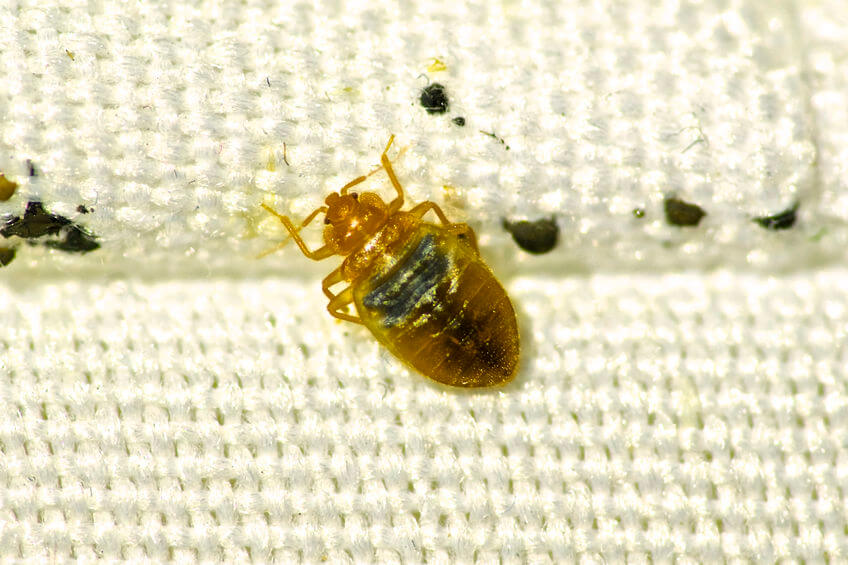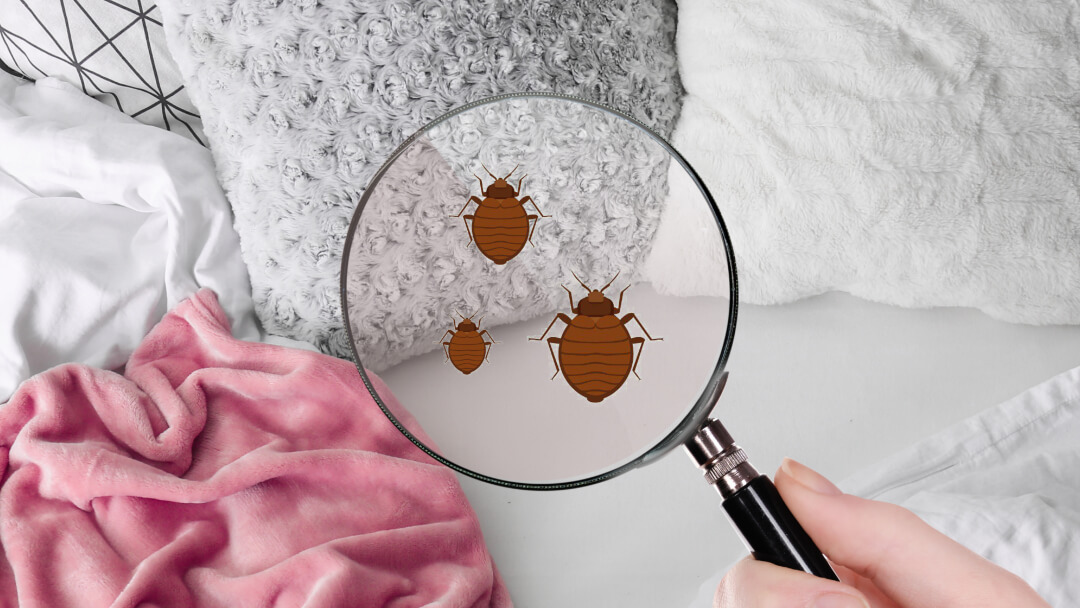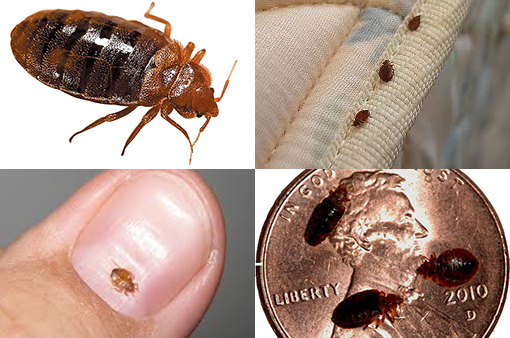Comprehending the Lifecycle of Insects for Targeted Control Methods
Recognizing the lifecycle of bugs is a fundamental facet of reliable parasite monitoring methods. Through a much deeper understanding of exactly how parasites advance and prosper, tailored control techniques can be made to resolve particular factors in their lifecycle, eventually leading to even more successful parasite administration outcomes.
Relevance of Comprehending Pest Lifecycle
Understanding the lifecycle of pests is necessary for creating efficient and targeted control methods in bug monitoring. By understanding the numerous phases a parasite goes through from egg to grownup, pest control professionals can identify susceptible factors in the lifecycle where treatment can be most effective.
Additionally, recognizing the specific environmental conditions essential for each and every phase of the pest's lifecycle can direct decisions on environment modification or exclusion approaches to disrupt the lifecycle and decrease insect populations. This understanding makes it possible for pest monitoring professionals to implement positive steps rather than counting entirely on responsive therapies, bring about even more lasting and long-lasting insect control services. Ultimately, a complete understanding of pest lifecycles encourages parasite control professionals to customize their methods properly, making best use of and lessening environmental impacts control end results.
Trick Phases in Pest Development
To successfully apply targeted control approaches in insect management, a critical element depends on thoroughly identifying and recognizing the essential phases in insect growth. Pest advancement typically includes numerous essential phases that are crucial for their lifecycle and monitoring. The initial stage is the egg stage, where parasites lay eggs that later hatch right into larvae. Larvae after that progress into pupae, a stage where they undertake metamorphosis prior to arising as adult bugs. Recognizing these phases is vital as it aids in identifying weak spots in the lifecycle where control measures can be most effective.

Vulnerabilities in Pest Lifecycle
Throughout the numerous phases of an insect's lifecycle, distinctive susceptabilities emerge that can be purposefully targeted for efficient control steps. One critical susceptability lies in the egg phase, where pests are usually a lot more susceptible to particular insecticides or organic control agents as a result of their soft outer covering, making them simpler targets for treatment. Additionally, the nymph or larval stage offers susceptabilities as insects undergo quick growth and growth, needing high power usage that can be made use of by disrupting their food resources or introducing development inhibitors. Pupal phases, characterized by stability and improvement, provide a home window for targeted control through physical obstacles or specific therapies that hinder effective development. Grown-up pests, while a lot more resistant due to their reproductive capacity, can still be susceptible throughout breeding or egg-laying activities, which can be disrupted via scent traps or sanitation methods. Understanding these vulnerabilities in the insect lifecycle is vital for developing reliable and accurate control techniques that efficiently handle bug populaces while decreasing environmental impact.
Executing Targeted Control Measures

Implementing targeted control procedures typically involves a multi-faceted strategy. This may include habitat modification to make the atmosphere much less friendly to bugs, such as removing standing water for mosquito control or securing entrance factors for rodents. Additionally, organic control techniques can be utilized, where all-natural killers or virus are introduced to keep bug populations in check.
Chemical control, such as the cautious application of chemicals, is one more common method. Nevertheless, it is necessary to utilize these substances deliberately to lessen environmental impact and prospective damage to non-target species. Integrated Insect Administration (IPM) techniques that integrate various control measures in a worked with and sustainable way are frequently one of the most efficient in achieving lasting insect administration goals. By carrying out targeted control procedures based upon a thorough understanding of parasite lifecycles, pest populaces can be effectively regulated while lessening risks to human health and wellness and the atmosphere.
Boosted Insect Management Practices

Additionally, the consolidation of organic control agents, such as all-natural killers or microorganisms of parasites, can help lower reliance on chemical pesticides and promote an extra balanced community. Implementing physical barriers and traps can additionally become part of boosted pest monitoring practices, offering non-toxic and targeted solutions for bug control. Additionally, using pheromones and other directory semiochemicals can interrupt pest mating patterns and communication, leading to minimized parasite populaces in time.
Conclusion
By recognizing crucial stages in pest advancement and vulnerabilities in their lifecycle, targeted control actions can be applied to minimize parasite populations. Boosted parasite administration methods can help lower the dependence on broad-spectrum pesticides and promote more environmentally pleasant and sustainable parasite control approaches.
Comprehending the lifecycle of pests is important for establishing reliable and targeted control strategies in parasite management. By comprehending the various stages an insect goes with from egg to grownup, pest control professionals can identify susceptible points in the lifecycle where intervention can be most effective. Eventually, Resources a thorough understanding of insect lifecycles encourages insect control specialists to customize their techniques efficiently, maximizing and decreasing environmental effects control outcomes.
By implementing targeted control procedures based on a complete understanding of bug lifecycles, insect populaces can be properly managed while lessening risks to human health and wellness and the environment.
By identifying key phases in pest development and vulnerabilities in their lifecycle, targeted control steps can be implemented to reduce insect populations.